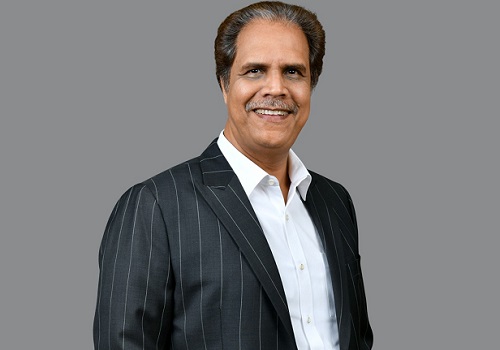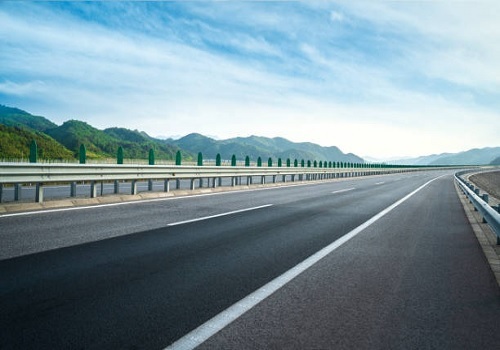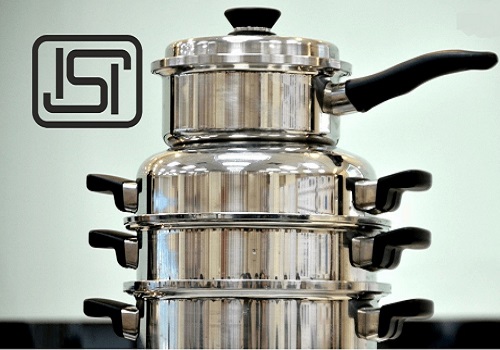Indian EV Market expected to grow at over 40% CAGR till 2027: Niveshaay

The Indian Electric Vehicle (EV) market is expected to grow in the range of 35-40% CAGR till year 2027, says a study by Niveshaay, that manages the Green Energy smallcase (A portfolio of stocks, which will get benefit from the Renewable Energy sector development). Currently, the Indian EV market is concentrated on the two and three-wheeler EV segment, which accounts for about 80% of its vehicle market.
Mr. Arvind Kothari, smallcase Manager & Founder of Niveshaay, says, “The Indian government is aiming to boost local manufacturing and reduce import dependency. It has introduced Production Linked Incentive (PLI) schemes and reduced customs duties on critical minerals to boost local manufacturing. The balanced approach to policy support and market development is facilitating India to emerge as a remarkable contender in the global EV landscape, despite challenges like limited charging infrastructure.”
Expected growth in the sector by 2025 & 2030 respectively
The study further projects, sale of around 3-4 million EVs in India annually by the year 2025. EVs are expected to penetrate the market with approximately 10-15% of new vehicle sales in India (including two-wheelers, three-wheelers, and passenger vehicles), driven by government incentives, rising fuel prices, and increased consumer awareness.
By the year 2030, annual EV sales are projected to surpass 10 million units, with substantial growth in the deployment of electric buses, commercial vehicles, and private cars. EVs could represent 30-40% of new vehicle sales in the market. With more than two million public charging stations projected nationwide, the study predicts a strong EV Infrastructure.
Budget Allocation
Indian Government’s Budget allocations (Table.1) for the EV sector, over the last few years, has significantly contributed to EV Adoption, infrastructure as well as manufacturing.

The Union Budget 2024-25 has allocated ?2,671.33 crore under the FAME scheme, primarily to cover remaining liabilities from FAME II. Additionally, the government has introduced ?500 crore Electric Mobility Promotion Scheme (EMPS) to boost electric two- and three-wheelers.
The increased PLI Scheme for Automobiles and Auto Components to ?3,500 crore and the exemptions in customs duty on lithium, cobalt, and other rare minerals to reduce battery production costs, via Union Budget, makes the electric vehicles more affordable.
Driven by key Government initiatives like the FAME scheme and the Electric Mobility Promotion Scheme (EMPS), India is poised to become a major player in the global EV market, specifically amongst the emerging markets. While China dominated with 60% of global EV sales as of 2023, India’s large population and urbanization are driving demand for affordable electric mobility. In contrast, the U.S. and Europe, with EV penetration rates of around 7% and 14% respectively as of 2023, are focused on passenger vehicles and infrastructure development.
Above views are of the author and not of the website kindly read disclaimer










Top News

Afcons Infrastructure moves up on completing longest tunnelling drive for DMRC in Delhi Metr...
Tag News

Views on Donald Trump`s Push to End Birthright Citizenship: Real Estate Impact?`` by Rishi T...












